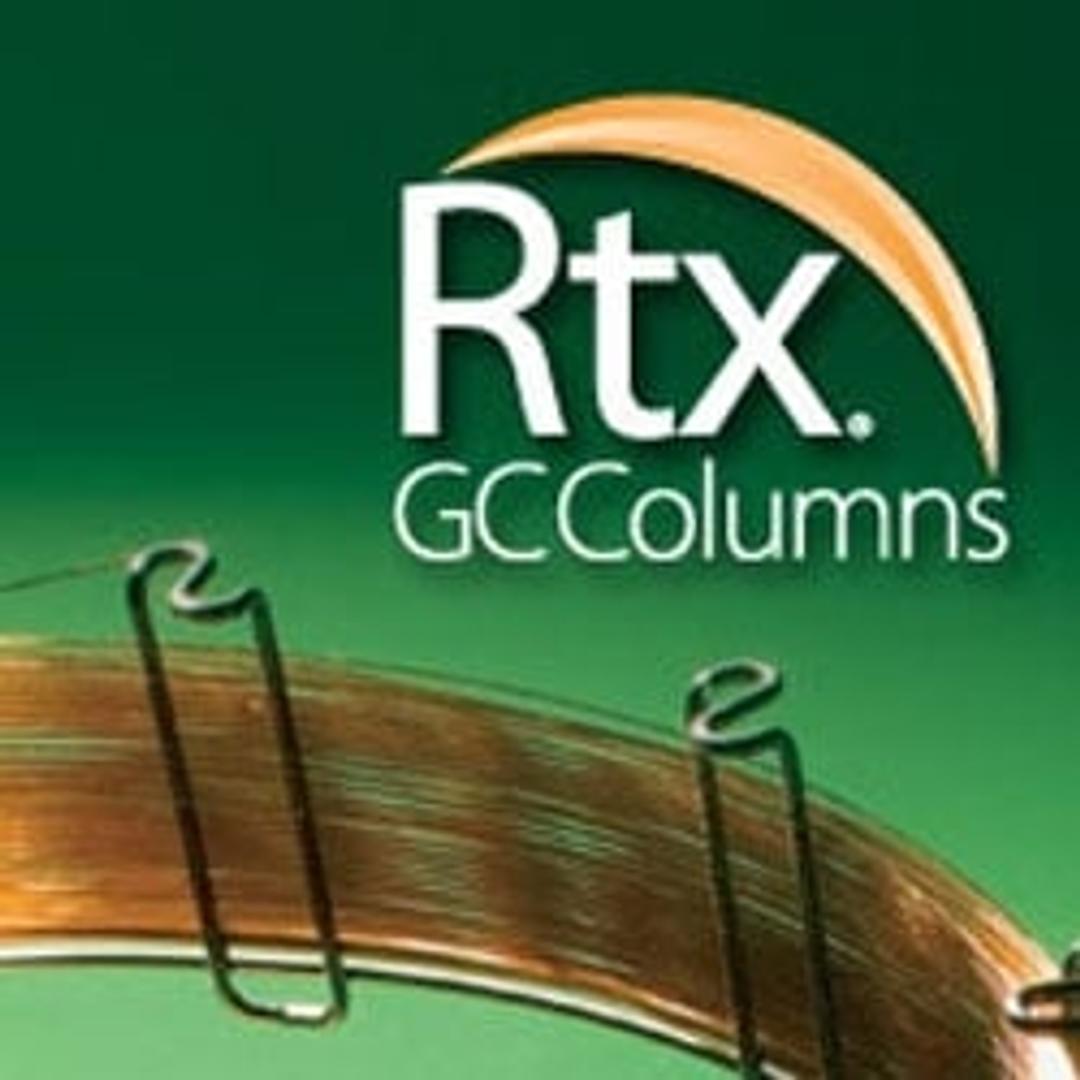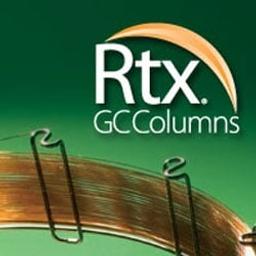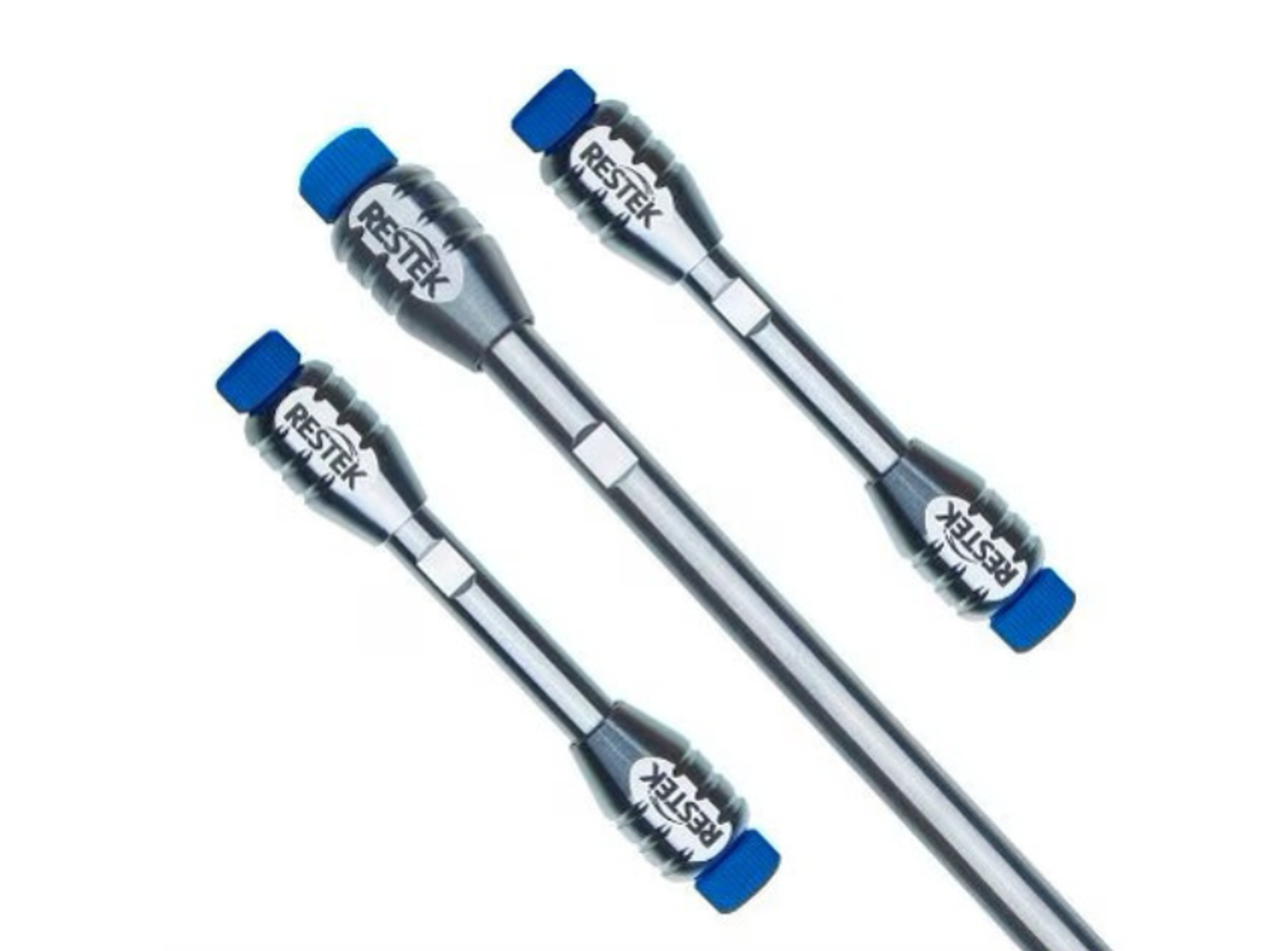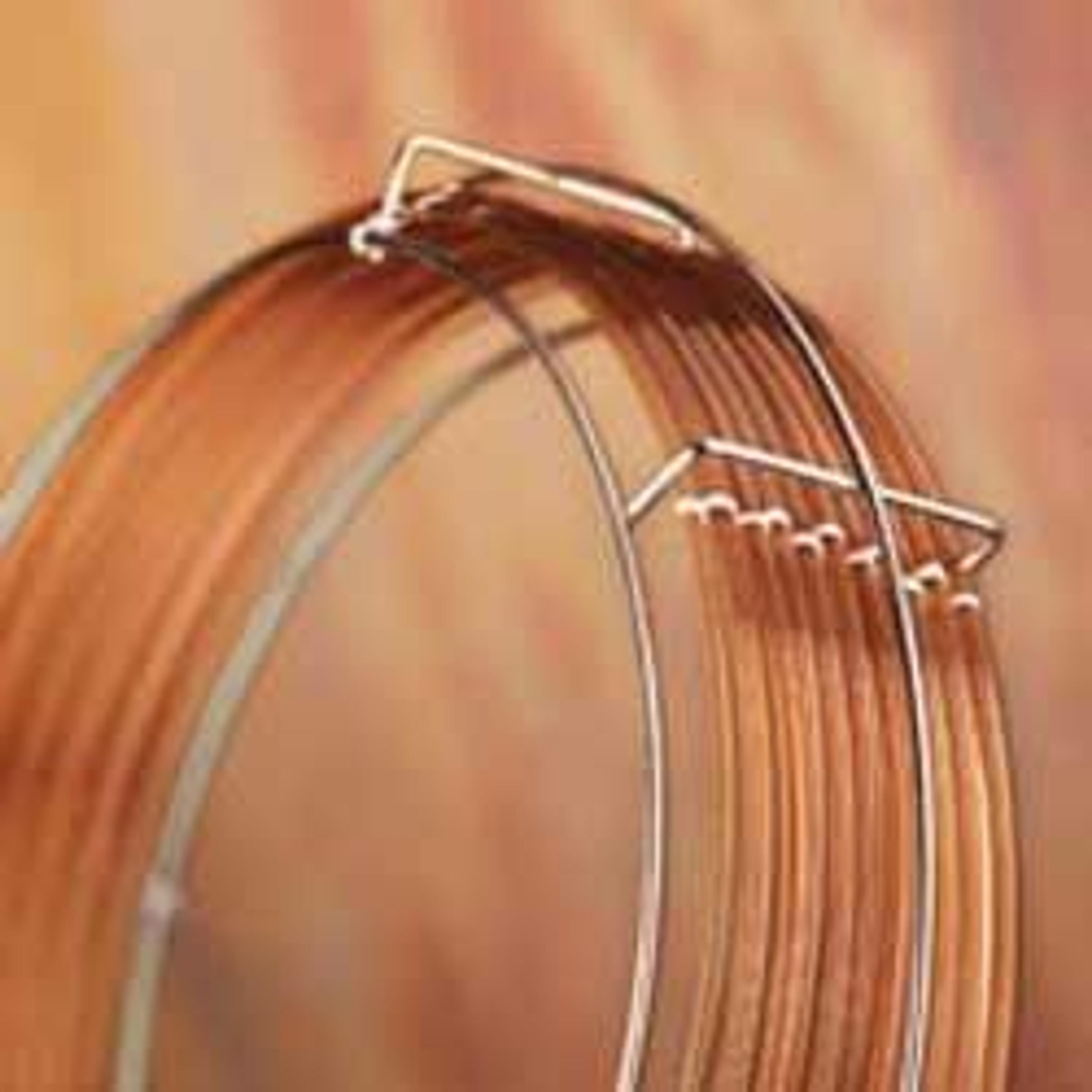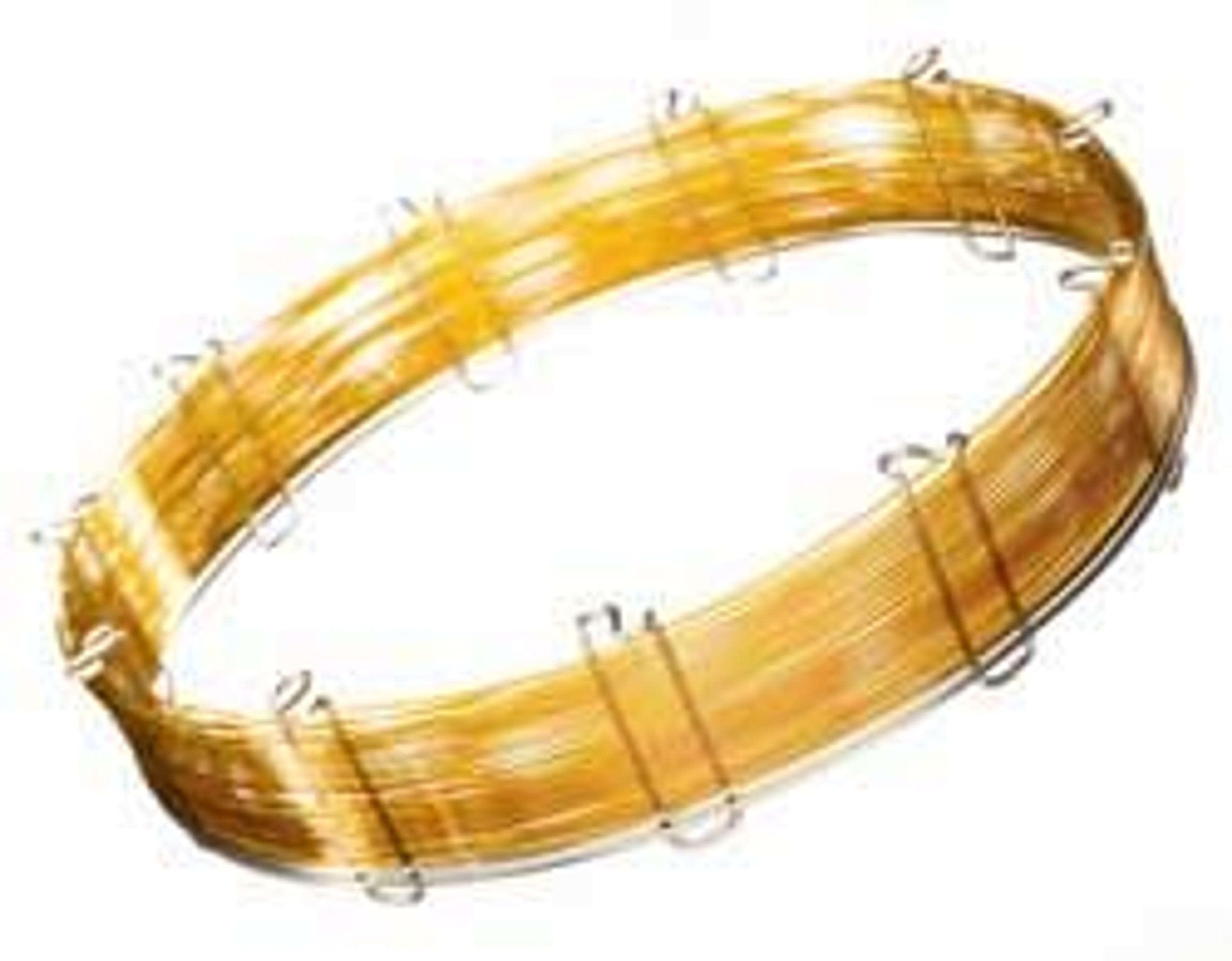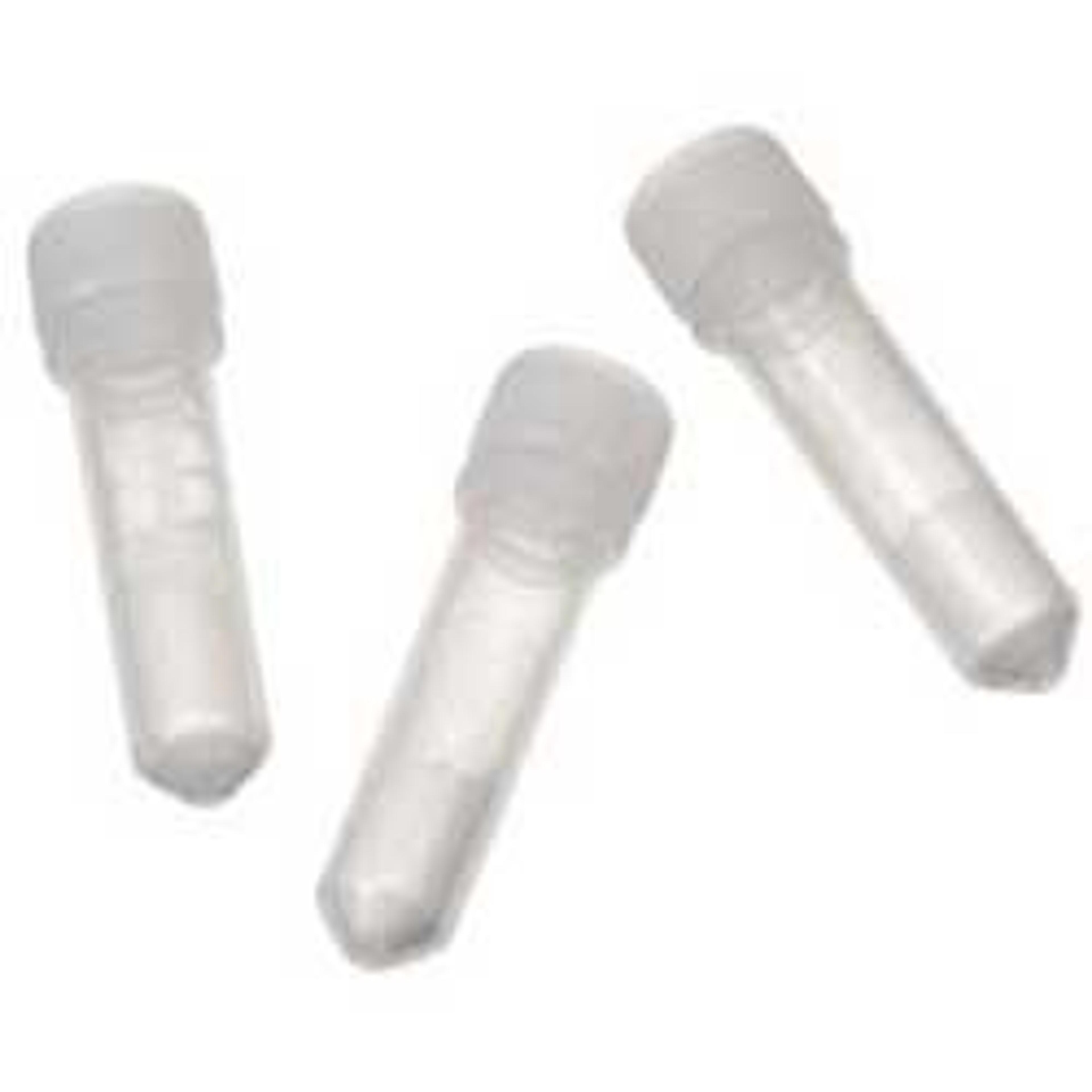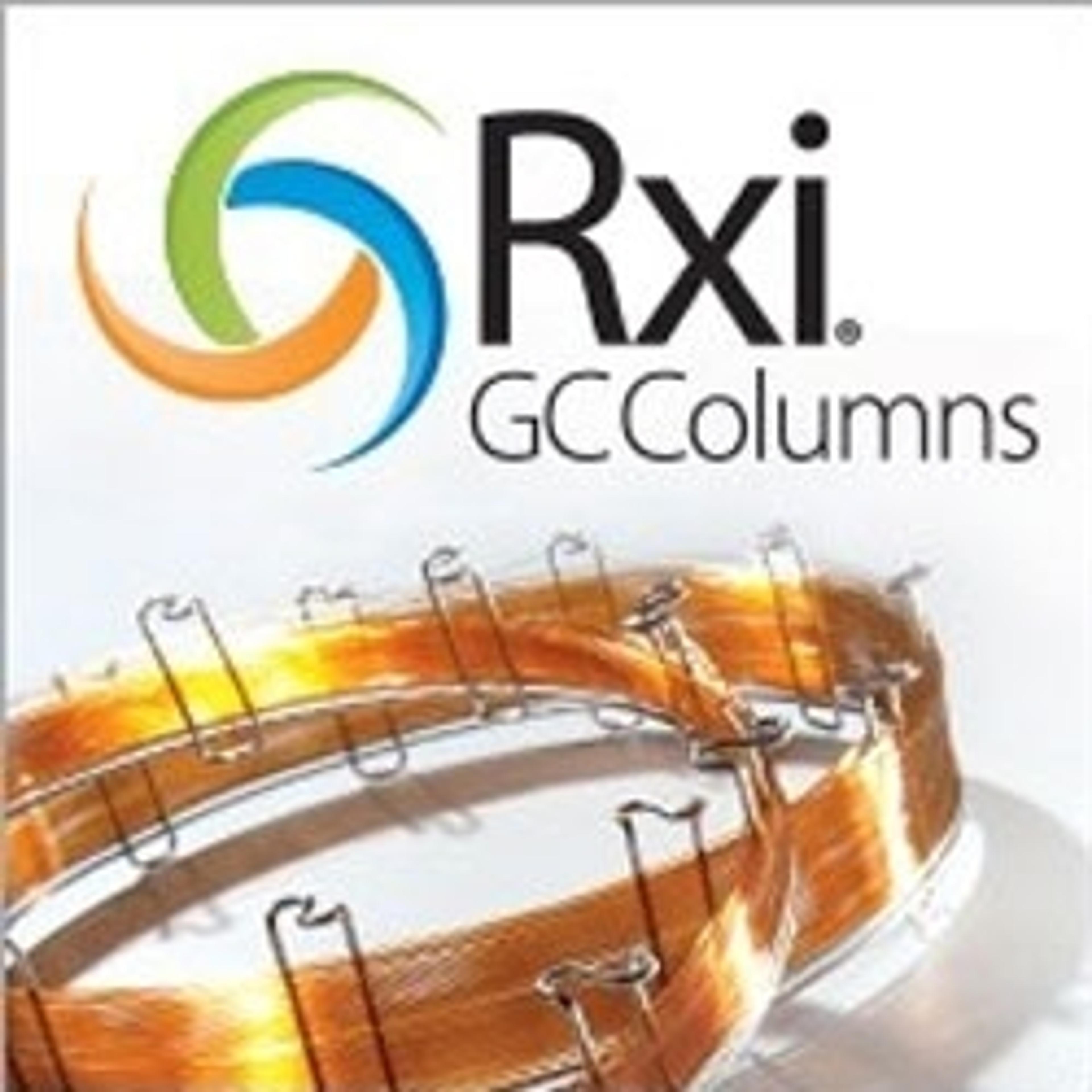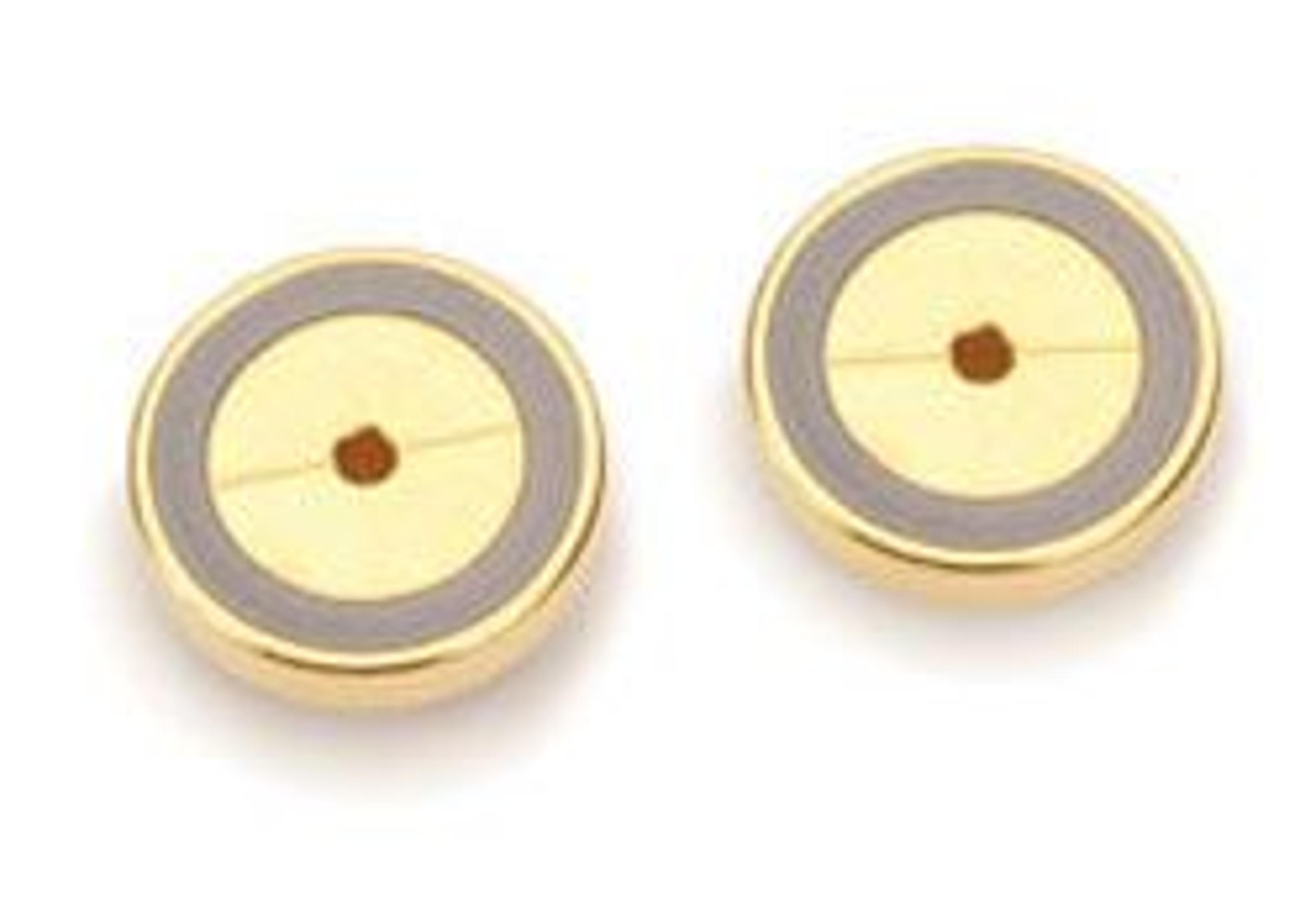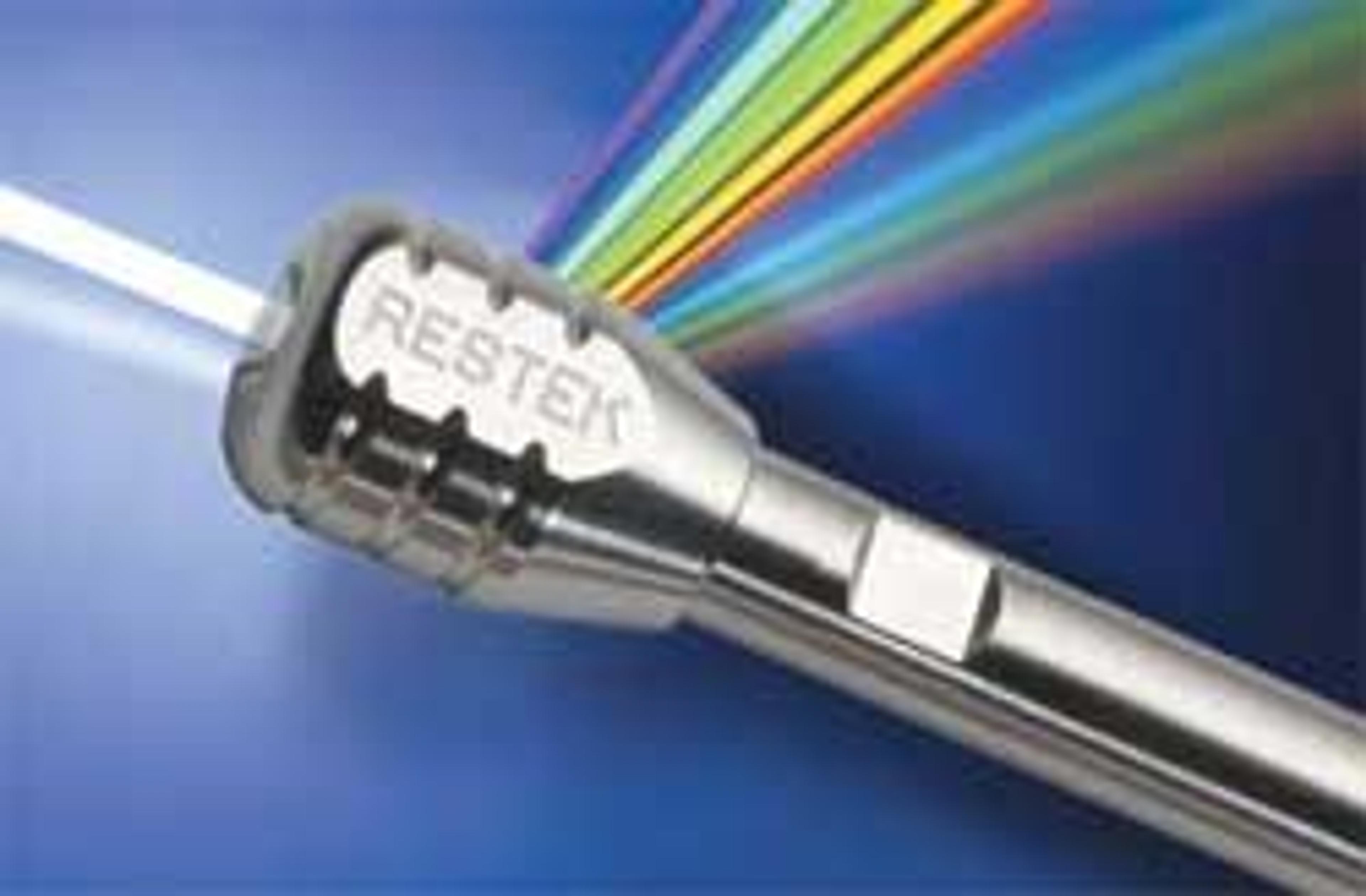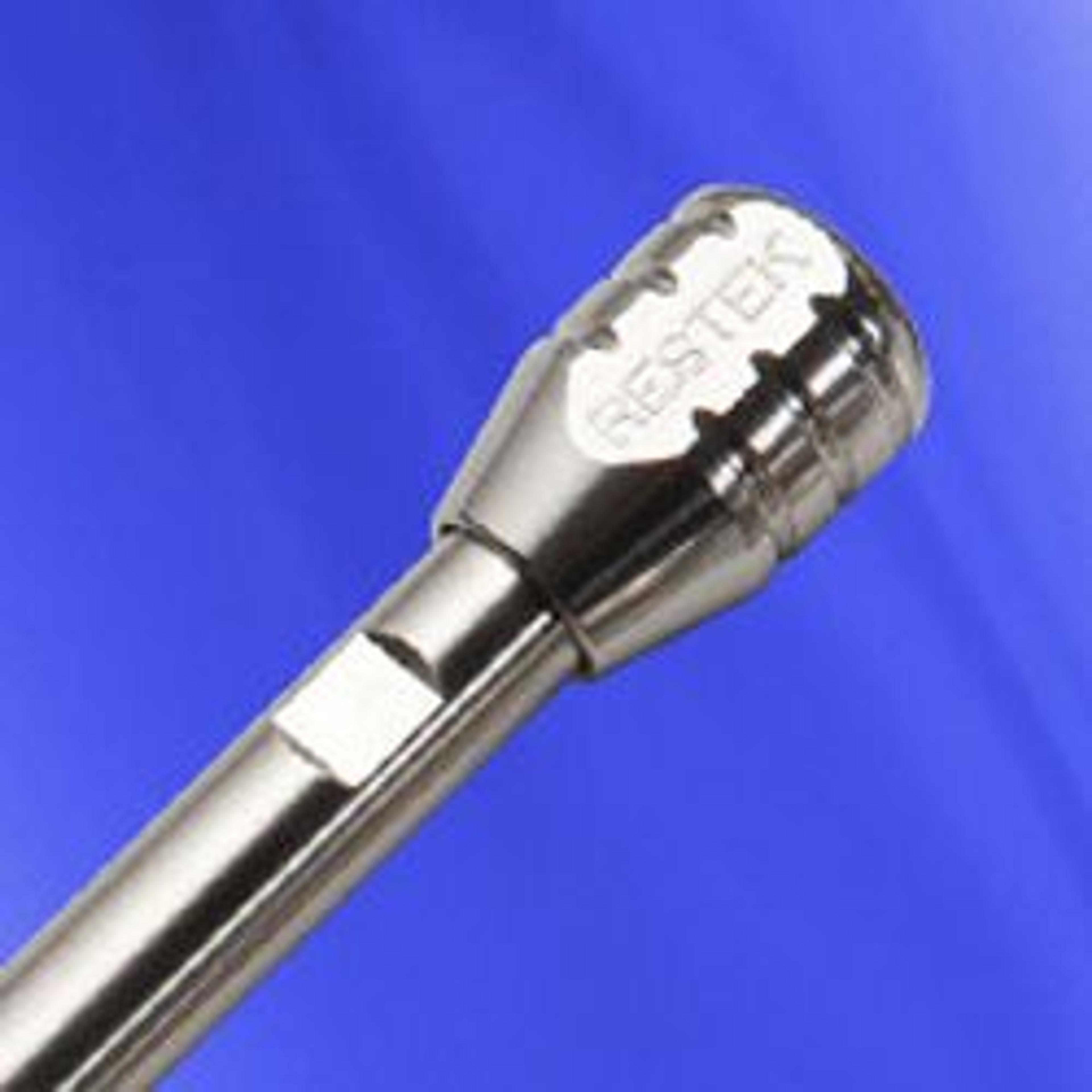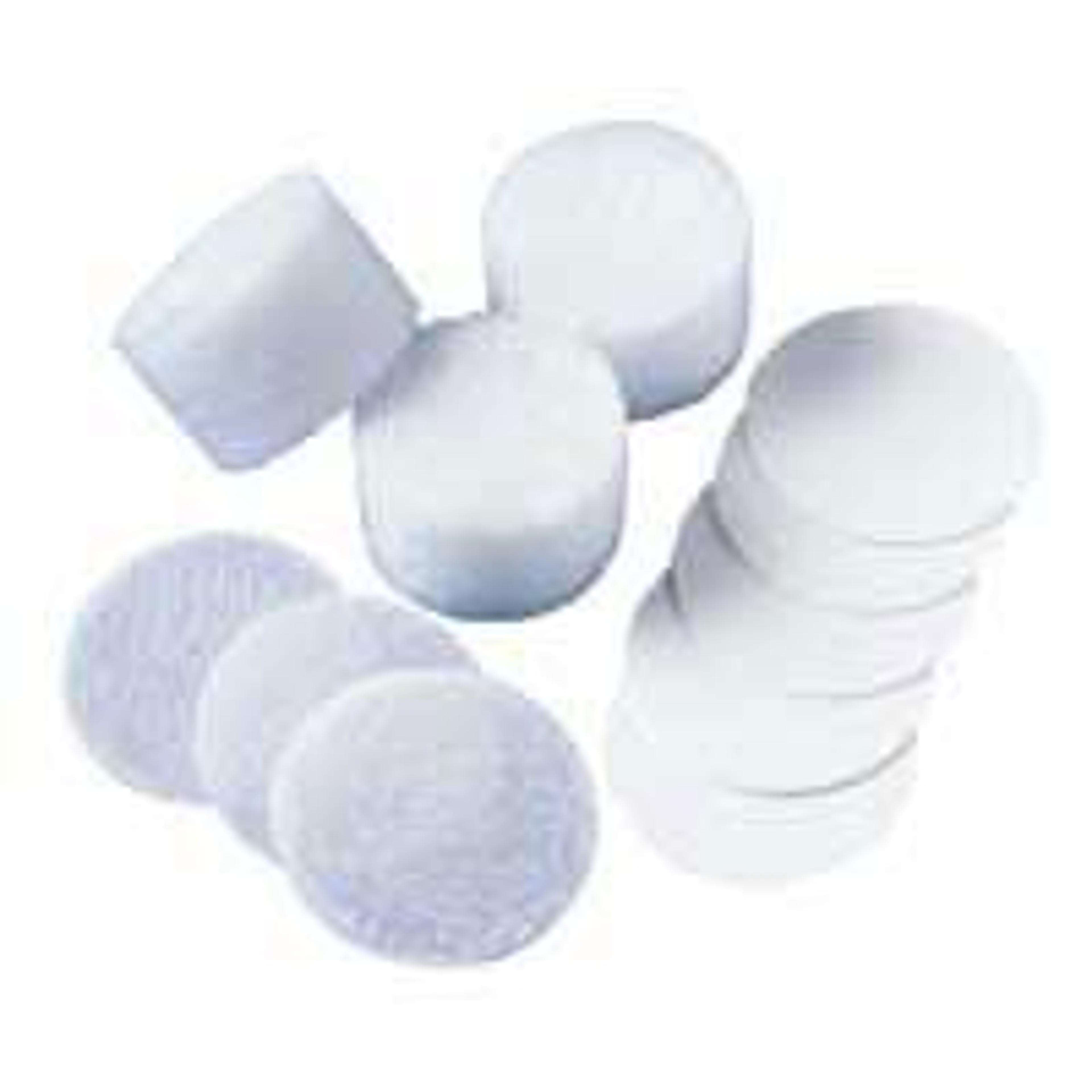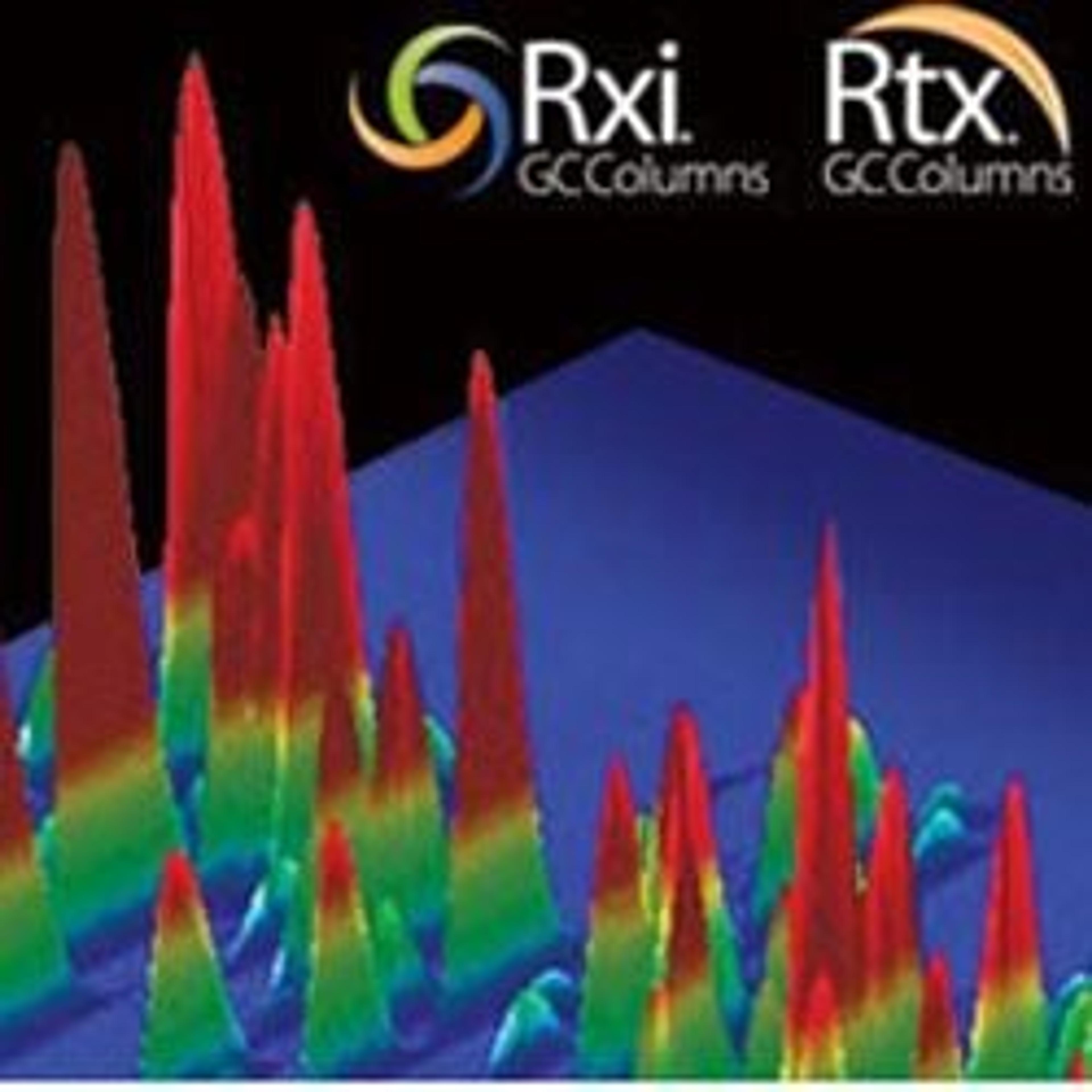Rtx-624 Columns (fused silica)
A low- to midpolarity phase application-specific columns for volatile organic pollutants. Recommended in U.S. EPA methods for volatile organic pollutants. Temperature range: -20 °C to 240 °C. Equivalent to USP G43 phase. The unique polarity of the Rtx-624 column makes it ideal for analyzing volatile organic pollutants. Although the Rtx-502.2 column is recommended in many methods, the Rtx-624 column offers better resolution…
Better than the competition.
VOC 624/8260 purge and trap GC/MS Analysis
We analyze for 92 VOC 8260/624 analytes. This column has great separation and peak shape. We prefer it over the Agilent DB-624 column. Makes reviewing data a breeze.
Review Date: 27 Sept 2021 | Restek Corp.
Recommended for residual solvent analysis.
Residual Solvent Analysis
Excellent efficiency and separation, very good signal:noise ratio for USP Residual Solvents.
Review Date: 25 Jul 2018 | Restek Corp.
A low- to midpolarity phase application-specific columns for volatile organic pollutants. Recommended in U.S. EPA methods for volatile organic pollutants. Temperature range: -20 °C to 240 °C. Equivalent to USP G43 phase.
The unique polarity of the Rtx-624 column makes it ideal for analyzing volatile organic pollutants. Although the Rtx-502.2 column is recommended in many methods, the Rtx-624 column offers better resolution of early eluting compounds. The Rtx-624 phase produces greater than 90% resolution of the first six gases in EPA Methods 8260 and 524.2. This stationary phase is especially well-suited for EPA Method 524.2 since it resolves 2-nitropropane from 1,1-dichloropropanone, which share quantification ion m/z 43 and must be separated chromatographically.

